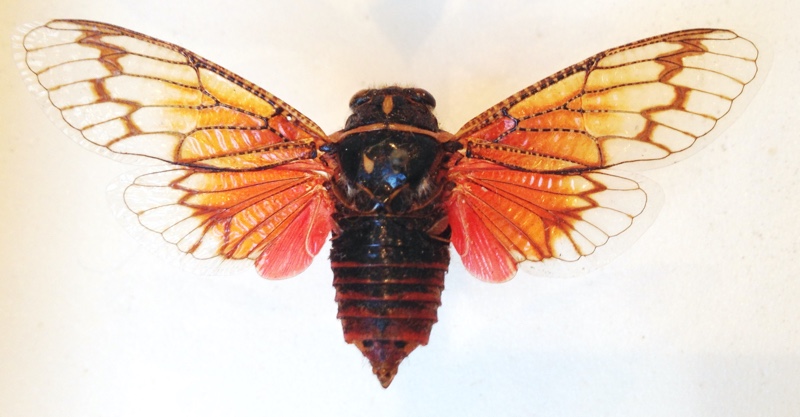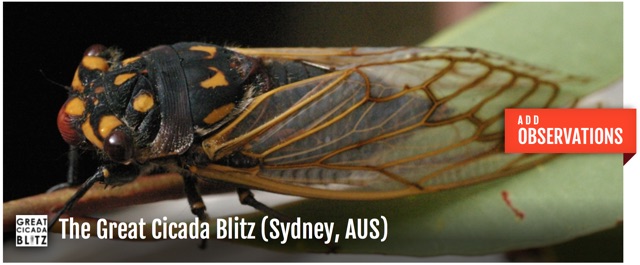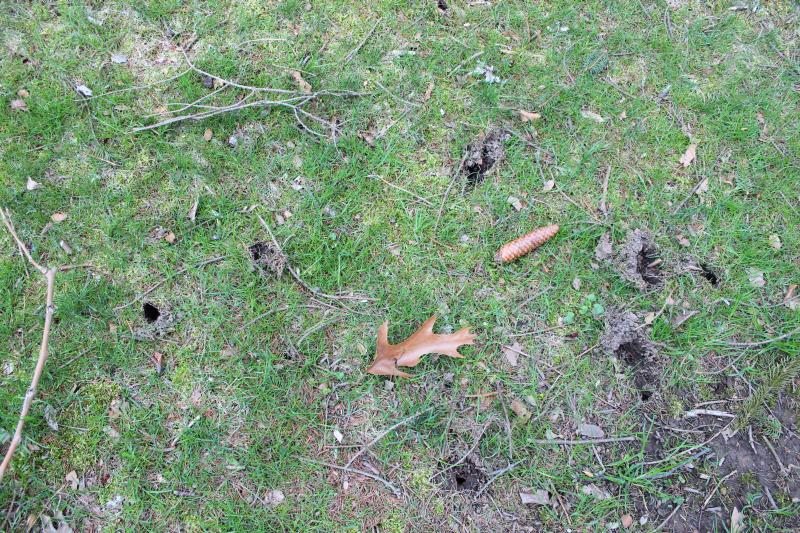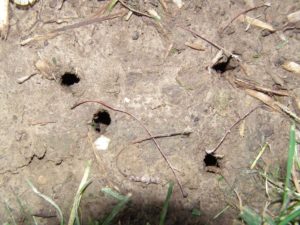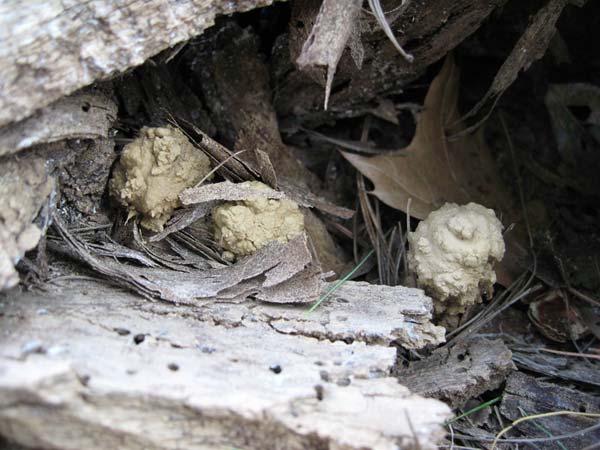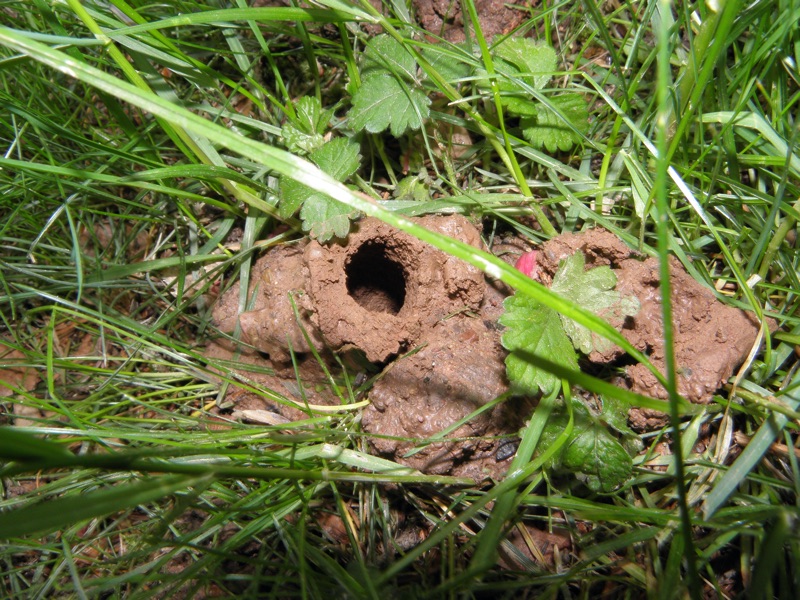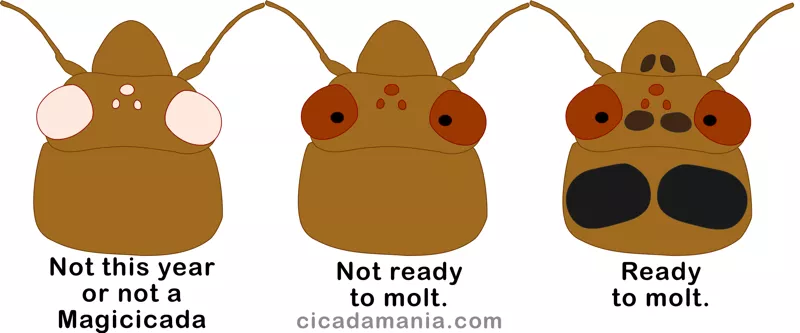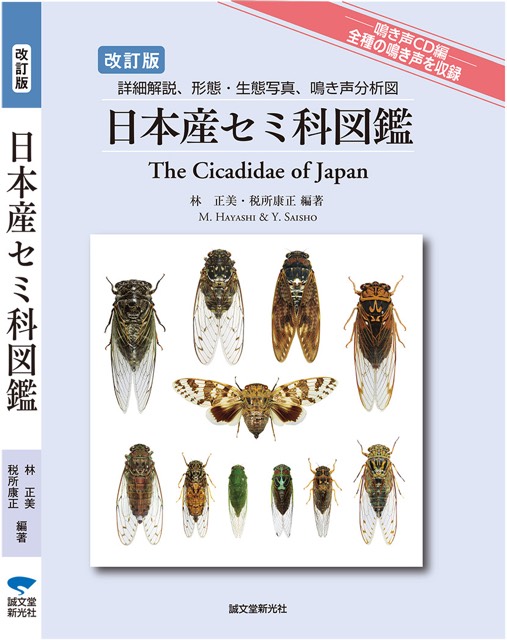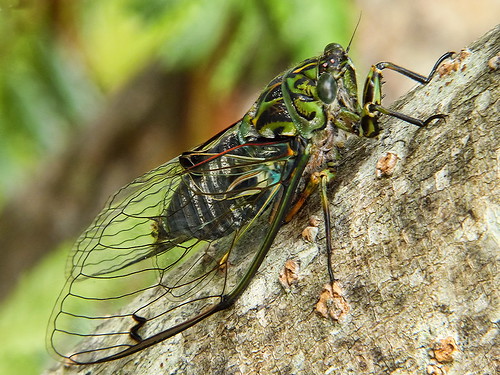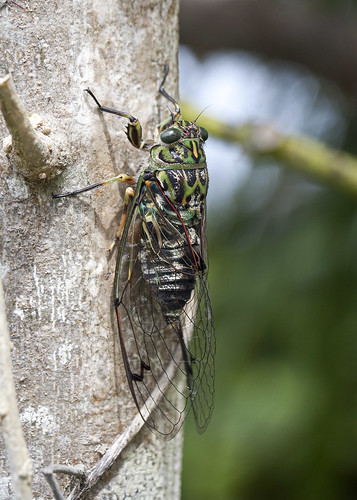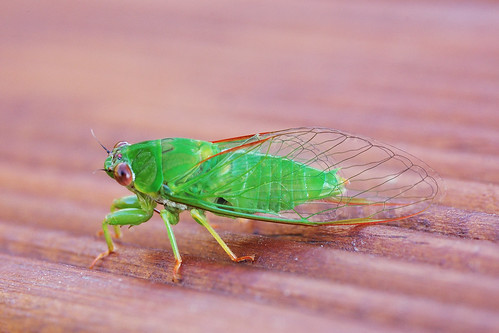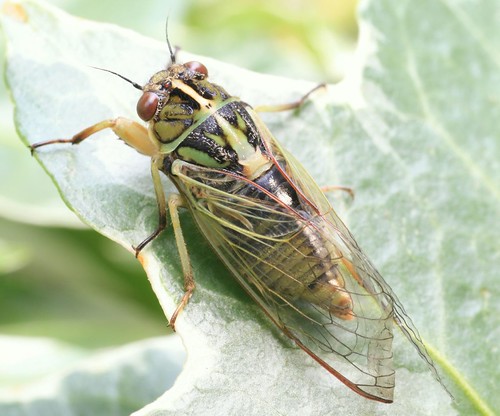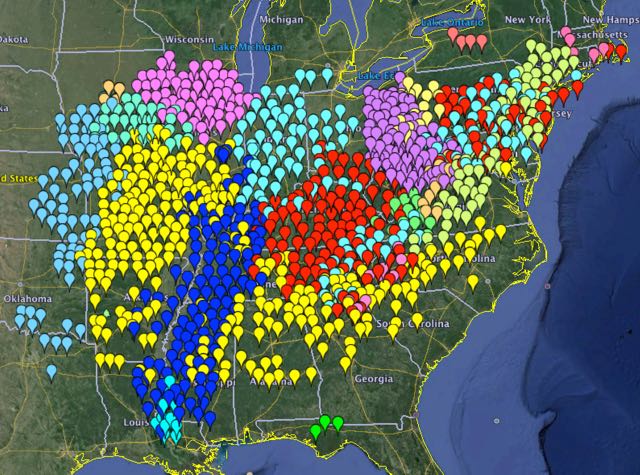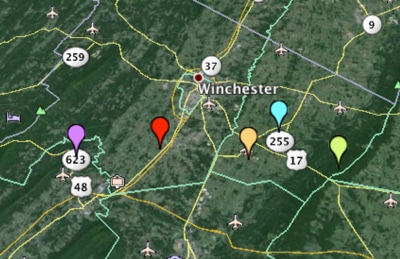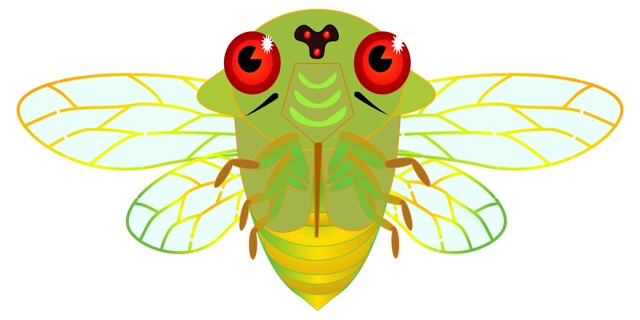
There isn’t a lot of New Zealand cicada information on this website, but I wanted to point you to a few good resources if you are interested:
First, there’s the NEW ZEALAND CICADAS (HEMIPTERA: CICADIDAE): A VIRTUAL IDENTIFICATION GUIDE which features photographs and extensive information about the cicadas of New Zealand. The site has an abundance of information, and a wonderful design & layout.
Second, there’s Cicada Central’s New Zealand Cicada website, which features an electronic field guide of New Zealand Cicada Species, a specimen database, and a photo gallery featuring Kikihia, Amphipsaltas, and Maoricicada.
Third, iNaturalist is an excellent place to discover information about cicadas, and report sightings.
I asked David Marshall of InsectSingers.com, “when does New Zealand cicada season start and end?” His answer essentially is that it depends on the location, elevation, and species, but the best months are between December and April. Interestingly, in certain locations K. muta sing every month of the year.
Read the downloadable article Chorus Cicada, Amphipsalta zelandica (Boisduval), males calling with only wing-clicks by Kathy B. R. Hill, The Weta (2012) 43(1): 15—20, for more information.
